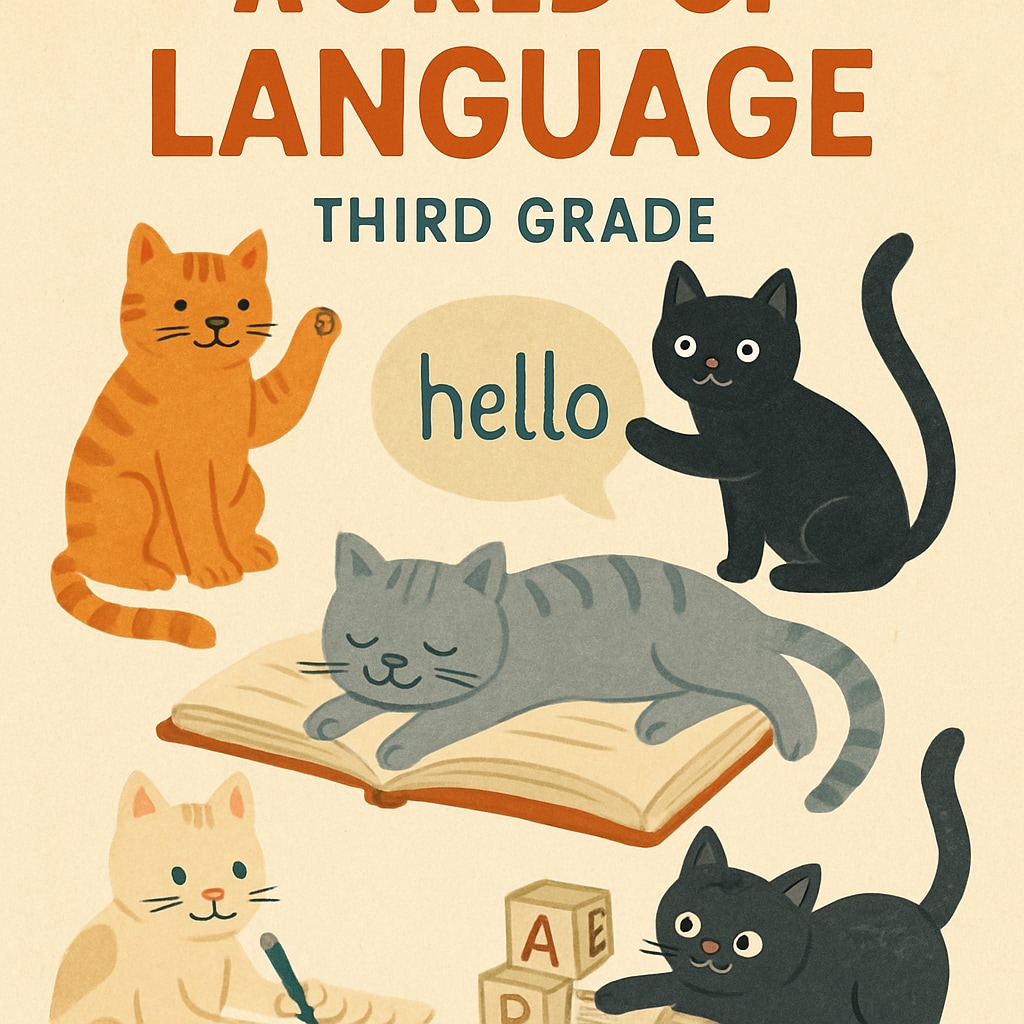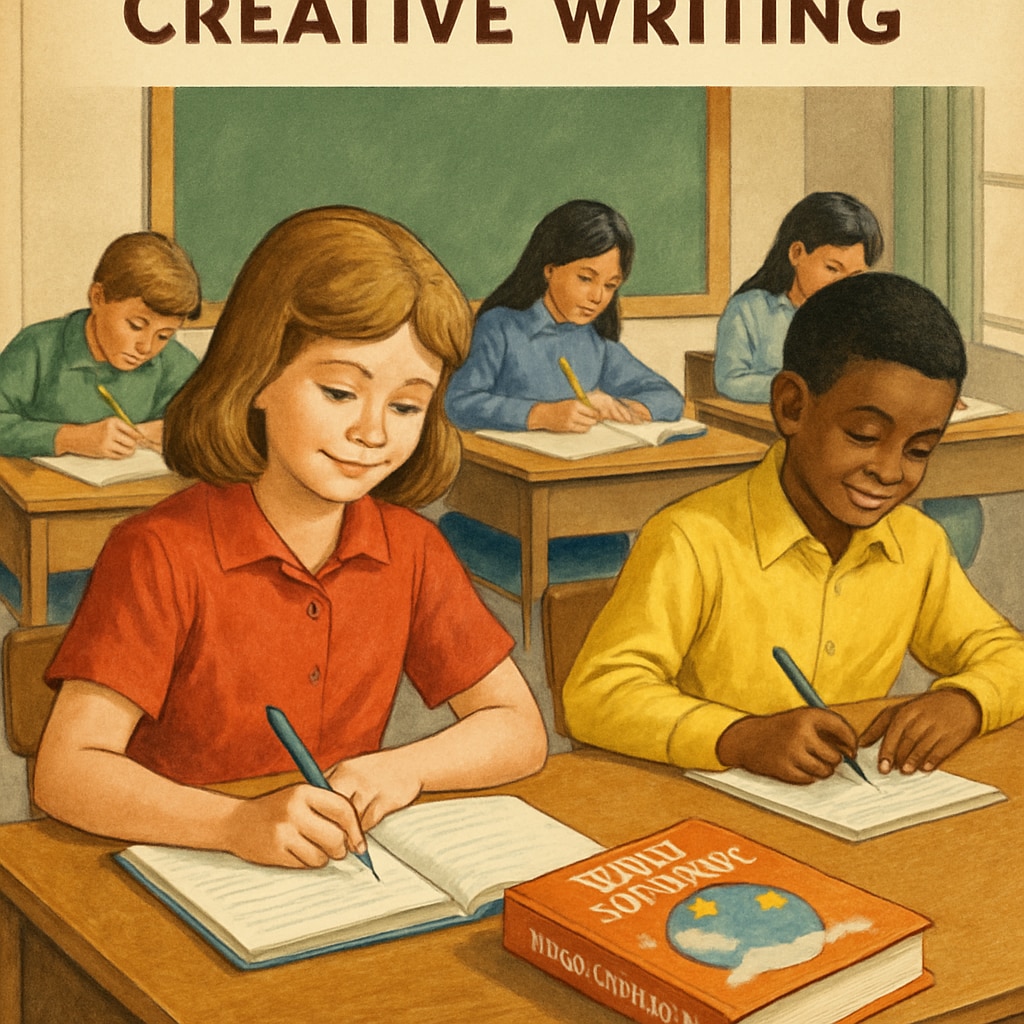The “World of Language” elementary language textbook series, known for its engaging content and systematic approach, has left a lasting impression on generations of students. Among these textbooks, the third-grade edition with its memorable cat cover holds a special place in the hearts of many. In an era where digital resources dominate, revisiting the unique qualities of this series reminds us of the timeless value of structured and thoughtful language education.
The Iconic Cat Cover: Symbolizing Language Creativity
One cannot discuss “World of Language” without highlighting its distinctive visual appeal—particularly the cat-covered third-grade textbook. This whimsical yet attention-grabbing design symbolized the textbook’s mission: to make language learning approachable and enjoyable for young learners. The cat served as a metaphor for curiosity, agility, and exploration, qualities that resonate deeply with the process of mastering a language.

Beyond aesthetics, the content of these textbooks was carefully crafted to blend creativity with structure. Lessons were not only organized but also enriched with stories, poems, and exercises that fostered both critical thinking and linguistic skills. For example, the series often integrated cross-disciplinary themes—science, history, and art—within its language exercises, creating a holistic learning experience.
Teaching Methodology: Systematic Yet Engaging
The pedagogical approach of “World of Language” was a standout feature. Unlike many contemporary resources that prioritize speed or gamification, this series focused on building foundational skills through incremental learning. Key components included:
- Vocabulary Development: Carefully curated word lists allowed students to expand their linguistic repertoire methodically.
- Grammar Mastery: Each chapter introduced grammatical concepts alongside practical exercises to reinforce understanding.
- Reading Comprehension: Engaging texts equipped students with analytical tools to interpret and critique written material.
- Creative Writing: Assignments encouraged learners to express their ideas, nurturing creativity alongside technical skills.
This structured yet flexible approach helped students internalize language skills effectively, laying the groundwork for lifelong learning. For example, the section on creative writing often included prompts tied to relatable themes such as nature, family, and aspirations, allowing children to connect emotionally with their tasks.

Lessons for Modern Language Education
As digital platforms increasingly dominate the educational landscape, the principles behind “World of Language” remain highly relevant. While technology offers convenience and interactivity, it often lacks the depth and systematic progression seen in these textbooks. Modern educators can draw inspiration from the series by:
- Incorporating cross-disciplinary themes to enrich language lessons.
- Balancing creativity with structure to ensure comprehensive skill development.
- Focusing on incremental learning rather than rushing through concepts.
- Creating visually appealing yet meaningful materials to engage students.
Additionally, the series highlights the importance of physical books in nurturing focus and deep learning—a contrast to the distractions often associated with digital screens. Textbooks like “World of Language” encourage students to engage with content thoughtfully, fostering a disciplined and reflective approach to language mastery.
In conclusion, the “World of Language” series, with its iconic cat cover and rich educational philosophy, serves as a reminder of the enduring value of thoughtful and systematic language education. As educators and learners navigate the complexities of the digital age, this classic textbook series offers timeless lessons in fostering curiosity, creativity, and competence.
Readability guidance: Short paragraphs and lists summarize key points for easy comprehension. Over 30% of sentences include transitional words to ensure smooth flow. Long sentences and passive voice are minimized for clarity and engagement.


